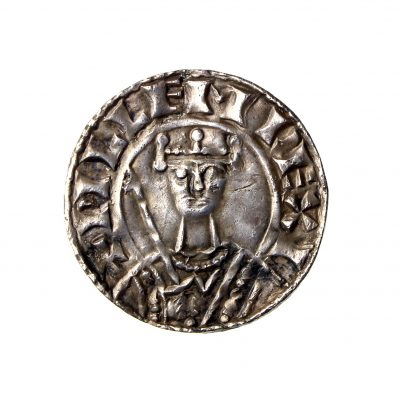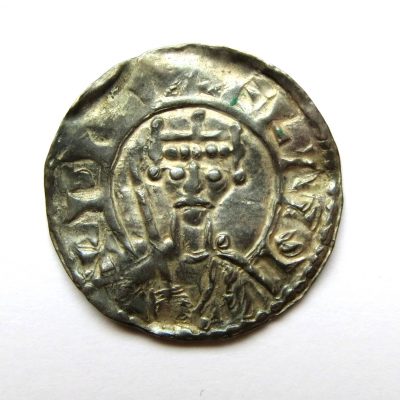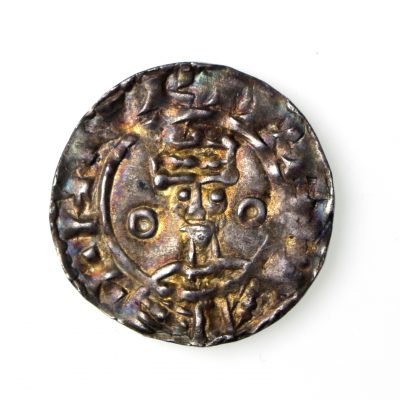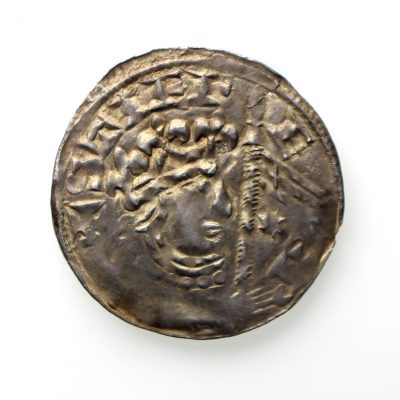Background History of the Normans
Here we take a look at each of the Norman monarchs in more detail, this was a turbulent time in British history and full of interesting events!
William I ‘The Conqueror’ 1066-1087A.D.
Following the death of childless Edward the Confessor in 1066, the English throne was seized by the powerful Earl Harold Godwinson; a man who had endured a period of disfavour and exile in the 1050’s. He claimed, although uncorroborated, that Edward had named him his successor on his deathbed. William, Duke of Normandy, sometimes known as ‘the Bastard’ (a distant relative of Edward) also asserted his legitimacy – claiming that following Harold’s exile, Edward had named him as successor to the Crown. When William landed a large force at Pevensey, Harold led a forced march south from Stamford Bridge to meet defeat near Hastings. This is perhaps the best-known event in English history, one vividly commemorated by the Bayeux Tapestry.
William moved quickly to exert control over England, though after 1072 he would spend the majority of his time in France. Measures he introduced include the imposition of Forest Law, setting aside large tracts of land (such as the New Forest) for hunting by the aristocracy, as well as the construction of numerous castles to maintain order. Despite this, the years following his conquest saw a number of rebellions – all brutally repressed. The infamous ‘Harrying of the North’ through 1069-70 saw a scorched earth policy applied to the northern shires, which killed thousands and destroyed local infrastructure. The chronicler Orderic Vitalis wrote thus;
“In his anger, he commanded that all crops, herd, and food of any kind be brought together and burnt to ashes so that the whole region north of the Humber be deprived of any sustenance.”
The social impact of these reprisals was huge, by the time of the Domesday survey in 1085-6 the vast majority of land not directly owned by William was controlled by Norman tenants.
Spending his last years defending England from Scottish and Danish incursions, accounts vary regarding his death in 1087 during a military campaign in France. One relates that during the siege of Mantes, he was mortally wounded when his horse abruptly reared up – slamming the saddle pommel into his now prodigious gut and rupturing his intestines. William would die in agony a week later, though even his funeral was beset by misfortune and high drama. The service at Caen was first interrupted by a wronged citizen, claiming that the church in which it was taking place had been built on his stolen land. A second, final insult occurred when the body was interred; the tomb was too small and attendants were forced to squeeze it into the space. Due to improper embalming, it is reported to have exploded at this juncture. Somewhere perhaps, the ghost of Harold Godwinson was having the last laugh.
William’s coins are blatant promotions of his power and legitimacy. For example, the ‘canopy’ type penny (BMC type III) celebrates William’s second coronation by the papal legate in 1070, while the ‘bonnet’ and ‘two stars’ type pennies (BMC types II and V) are thought to reference the appearance of Halley’s comet in 1066 – a random celestial event duly propagandised as signalling divine approval of his rule. The design of the ‘two sceptres’ penny (BMC type IV) perhaps alludes to William’s dual rule as King of England and Duke of Normandy. Lastly, given the violence he subjected others to in life and the gruesome circumstances of his death it is perhaps ironic that his last coinage (BMC type VIII, struck c. 1086-1088) is known as the ‘PAXS’ (peace) type.









